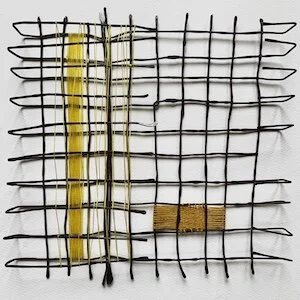Unravel (paper and cotton yarns) 2020
‘Place is security, space is freedom’ (Yi-Fu 2014:3)
My first piece (for the current Studio21 project Addressing Space) is very much about addressing space and how we experience being in space through our bodies, through our senses. The feeling of expansion, of release, of being part of something bigger than ourselves, similar to the feeling those of us lucky enough to get out for our once a day exercise can enjoy.
Space is more abstract than place. Place is home, somewhere we experience and know in a very different way, more intimiately, in more detail. I may use local materials in this piece.
My research will include Yi-Fu Tuan’s Space and Place, Lucy R Lippard’s The Lure of the Local and Pallasmaa’s The Eyes of the Skin: Architecture and the Senses.
As I read, research and begin work on my second piece, I have no doubt that this will also lead to some changes in my first piece. This is part of my working practice, nothing is set in stone. I enjoy having the opportunity to go back and to make adjustments as my thinking evolves.
Yi-Fu T (2014) Space and Place Minnesota: Minneapolis





